the most common foot problems for runners
As a runner you might unfortunately find yourself with one of the most common foot problems for runners.
According to statistics, in 2017, around 60 million US people participated in running, jogging and trail running–and billions more are found worldwide.
Running is a pre-eminent way to boost your physical performance and endurance, strengthen bones and muscles, and perform well in daily life.
However, runners face plenty of major setbacks in the shape of foot problems.
Around 5.7% to 39.3% of runners experience a foot injury or problem in a year while training.
This page will address 11 common foot problems for runners that most runners face and aren’t always able to identify.
This guide will act as good news and help you get an insight into those problems, prevent them, and treat them so that foot pain and injury never stand in the way of your dreams!
A Quick look at a runner's life...
You're eating a healthy diet eating healthy diets, trying to stay on top of vitamins and supplements that you may need, checking in with your coaches or trainers, spending time in the gym, and of course challenging yourself to long-distance races whether that be 10K's, half marathons, or marathons with an ultimate goal to drive yourself, improve, and become a better version of yourself!
Of course no runner wants to take time away from running due to foot discomfort, foot problems, or injury.
All your life goals and performance can be undermined by exhaustion, injury and loss of training due to injury.
Because there’s no escaping from foot problems, if you face it, you need to treat it.
Getting back to running with a different shoe isn’t the cure to the pain.
Moreover, untreated foot problems can develop into a foot injury and impact your running performance, such as reducing running distance and speed.
11 most common foot problems for runners
This ultimate list of 11 common foot problems is designed to help runners identify their problem, understand why it occurs, prevent it, and get treatment.
Let's take a look.
1. blisters
Runners are always in their shoes, and their foot’s skin doesn’t always get the best environment to grow.
Heat and moisture often cause the foot skin to swell.
With swelled feet, runners stay on the move and produce excessive friction in their feet that causes your body to produce a certain fluid around the swelled area in the form of bubbles on your skin–known as blisters.
You can treat a blister in one of two ways (and science and runners are divided on what you should do):
- Leave them alone and let the heal by themselves OR
- Pop them and thoroughly clean them!
I personally always choose to leave them alone and they eventually either pop on their own or die down and a callous forms.
You can get them popped and cleaned at any medical facility. Blisters can strike out of nowhere, and sometimes there isn't any medical help available and it's much easier to simply do it yourself.
Follow these steps to pop a blister and treat them on your own:
- Clean the surface area of the blister and the area surrounding it
- Use a needle to puncture the blister
- Carefully squeeze the fluid out of the blister.
- Clean the blister area and dry it
- Put some antibiotic cream on the area
- Put a bandage on the blister area
- Put on your shoes, (or rather go barefoot for awhile!) and you’re done!
Alternatively, after cleaning the area and applying antibiotic cream, you might choose to let the area air dry if possible.
Here's a list of the best-anti blister running socks!
2. Heel Fat Pad Syndrome
Fat pads are masses of adipose tissue that are sited throughout the human body.
Your heel fat pad acts as a shock absorber and protects your heel when you walk, jump, and run.
Runners often build up Heel Fat Pad Syndrome because of wear and tear of muscles and connective tissues on the feet because of excessive running–making your fat pad on your heel thin.
If untreated, it can impact your routine activities such as running, prolonged standing and walking or even fearing footwear.
Here's how to help treat heel fat pad syndrome:
- rest for a while and take a break from running
- take over-the-counter medications
- try physical therapy
- use heel cups and or insoles in your shoes
- contact a medical practitioner for help and treatment options
3. toenail damage
Toenail damage or also known as runner’s toe, is one of the most common foot injuries for runners.
It can happen from the repetitive stress of running as your toe interacts with the shoe’s hard surfaces and continuously slam itself into the shoe–causing excessive stress on the toenail.
It can lead to minimal bleeding under your nail and drying it up–making a black toenail.
This can eventually lead to having a dead toenail but is usually painless.
Toenail damage can even lead to subungual hematoma.
If you face toenail damage, you can get yourself checked by a medical practitioner.
If the situation is severe and painful, they might treat you with a procedure called nail trephination.
During nail trephination, the health care provider will give you a local anesthetic and then draw the blood out of the nail by drilling a small hole within it using a heated needle or carbon dioxide laser. I've heard the relief is almost immediate!
However, must of the time toenail damage is not painful but can be an annoying, unsightly problem.
Here's a page on toenail damage in runners.
4. Hallux Rigidus
Hallux rigidus, also known as a stiff big toe, occurs frequently in runners.
It happens when the joint at the base of the big toe stiffens, making your movements painful and running impossible.
The common causes are the stress and trauma that the joint experiences while the runner is running.
Each big toe joint holds the force of your entire body weight while on the run which can cause overuse damage.
Another reason can be the usage of a stiffer-soled shoe. Here's a quick reminder to choose to wear a flexible running shoe!
If you’re facing Hallux Rigidus, you can contact a physical therapist to undergo treatment options such as cheilectomy or joint arthrodesis.
5. Achilles Tendonitis
Achilles tendonitis is caused when your Achilles tendon is strained by excessive overuse, such as jumping, running, or pushing up on your toes.
The Achilles tendon is a band of tissues that connects your heel bone to the calf muscles and helps your heel lift the ground during running.
Achilles tendonitis can cause severe pain in the heel during walking/running, stiffness in the heel in the morning, and pain in the Achilles tendon when touched.
You can treat your Achilles tendonitis by:
- adequate rest,
- limiting running for some days,
- applying ice packs,
- shoe wear modifications (here are the best shoes for Achilles tendonitis),
- getting checked by a physical therapist
Here's a more in-depth guide to Achilles Tendonitis.
6. runner's knee
If you’re a runner, you must have probably heard about runner’s knee.
Runner's knee is the condition where your kneecap and the surrounding area start to feel pain due to structural damage to the knee.
A knee overuse injury, trauma to the knee, excessive running without following proper training procedures (such as building running volume in a healthy way) or certain walking can trigger this condition.
If you have a runner’s knee, you’ll feel a cracking, clicky or grinding sound from your knee when you’re walking.
There are a lot of ways that can help treat a runner’s knee:
- such as icing your knee to control inflammation
- taking NSAIDs, and
- resting
Here's a more in-depth guide on treating runner's knee.
7. plantar fasciitis
Plantar fasciitis is one of the most foot problems for runners.
You’ll feel medium to intense heel pain and inflammation of the plantar fascia (bottom of the foot)–the longitudinal arch of your foot tissue band that connects heel bones to toes.
In Plantar Fasciitis, the tissue band gets irritated, inflamed, and even torn apart by continuous stress.
If you feel some heel pain at the bottom of your foot, contact a physical therapist, and he may prescribe some anti-inflammatory medications to reduce pain and swelling.
Especially if you have high arches, it can make you more prone to stress.
Here is a more in-depth guide to plantar fasciitis for runners.
8. Stress Fractures
Stress fractures are the deadliest of all and unfortunately they are very common in long-distance marathon runners.
A stress fracture is a small crack in your bone that can happen due to repetitive stress and trauma exposure to the bone.
It mostly happens to the metatarsal bones of the foot for runners, known as metatarsal stress fractures.
The symptoms of stress fractures are:
- pain,
- swelling,
- pain when your foot strikes,
- redness, and
- even bruising of a certain area.
If you witness any of these, consult a doctor and stop running, or you can even break your bone.
9. Bunions
When you run, you put a lot of pressure on your foot. Sometimes the excessive pressure can make the bones present on the front of your foot move away.
The misalignment can form on the top of the foot as a bony bump on the joint of your big toe–forcibly moving the big toe towards the smaller toes.
Bunions may cause discomfort and pain that can be healed by medications or shoe padding.
However, permanent treatments are only surgery by foot and ankle surgeons.
10. Metatarsalgia
Metatarsalgia is the pain in the ball of the foot (the area between your third and fourth toes that directly connects your ankle bones with your toes).
Metatarsalgia can happen because of excess pressure on your forefoot–causing itching, pain and inflammation in the area.
It can happen because of the tight calf muscles.
This condition is a symptom of many traumatic long bone injuries and stress foot injuries.
If you feel Metatarsalgia, contact your trainer or physical therapist asap!
11. Ingrown toenails
Runners are very prone to ingrown toenails because of the toe's environment, habitat and activity that is associated with long distance running.
Runners are mostly in their shoes, and the moist and heated environment of the shoe stimulates the production of bacteria–which is a high-risk factor for infection.
The bacteria and moisture on the toe can make the toenails unnaturally curl, get inside the flesh, and grow in an abnormal location.
To avoid ingrown toenails, remove your socks and running shoes for some hours and let your skin breathe in a normal and dry environment.
Speaking of running shoes...here's a list of the best HOKA shoes for marathoners!
Conclusion
Runners live an active life where they are always on the move.
That life benefits them greatly in ways such as improving their health, managing weight, racing in marathons and half marathons, and so much more.
However, long-distance marathon runners face plenty of foot problems on their way to success, such as:
- Blisters,
- Heel Fat Pat Syndrome,
- Toenail Damage,
- Hallux Rigidus,
- Achilles Tendonitis,
- Runner’s Knee,
- Planter Fasciitis,
- Stress Fractures,
- Bunions,
- Metatarsalgia,
- Ingrown Toenails.
Moreover, other foot problems are less commonly found, such as ankle sprains, ankle injuries, overpronation in flat feet runners, heel spurs, and Morton's neuroma.
The best way to solve your common foot problems is to rest and if you feel the situation worsens, reach out to a physiotherapist or doctor.
Related pages
👋Sign up to receive the free printable strength exercises for runners: 👇
 |
Your second block of text...
As featured on:

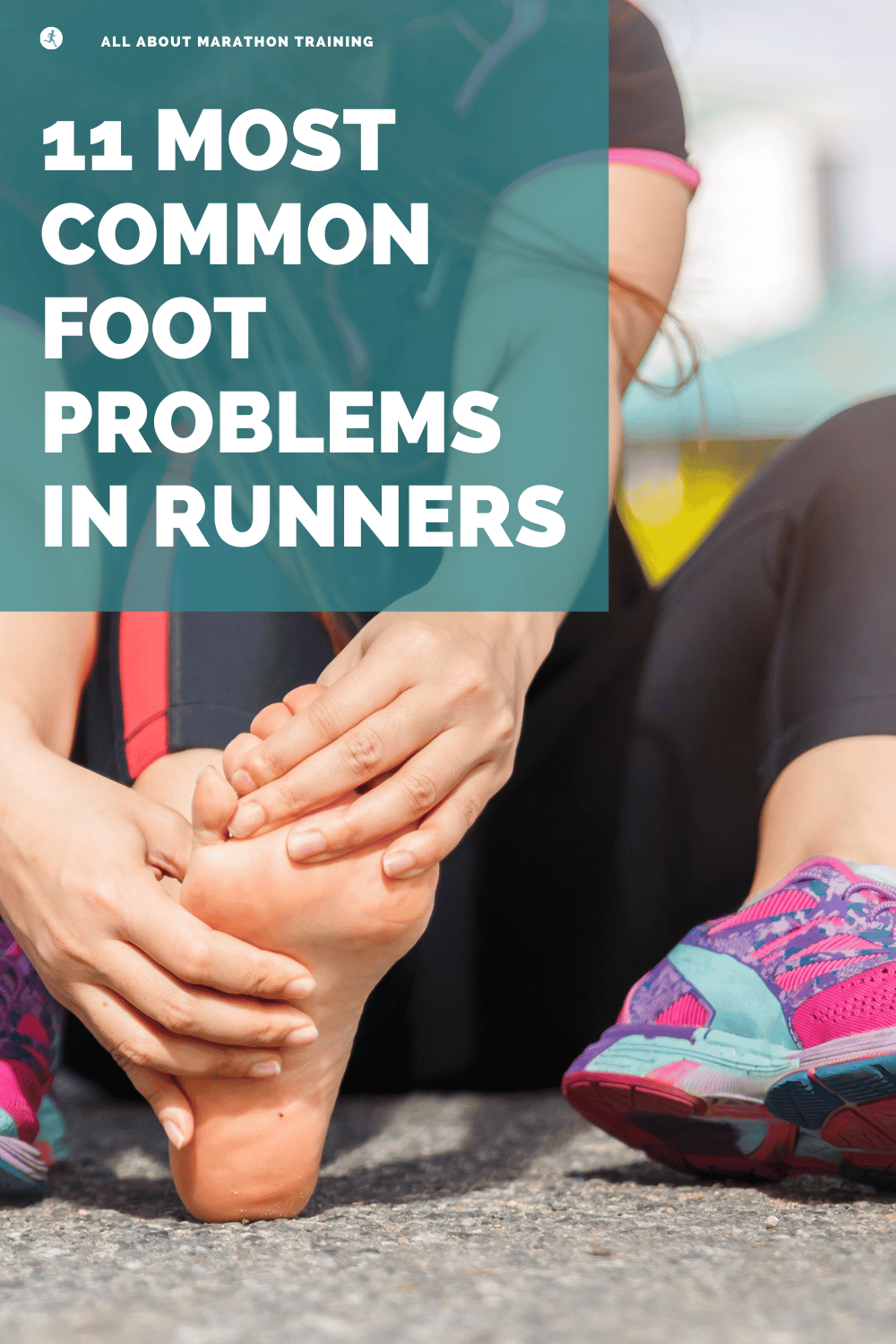
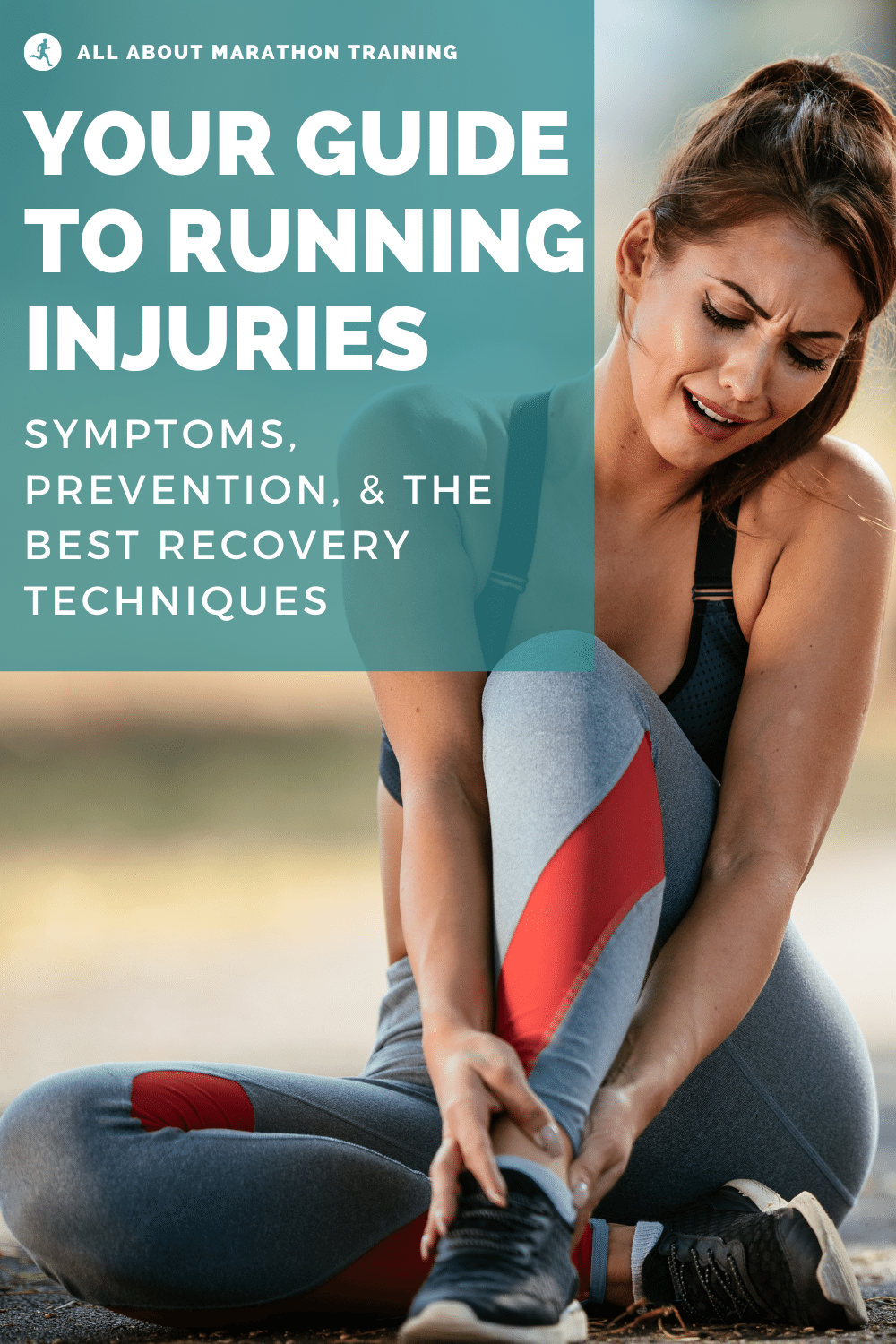
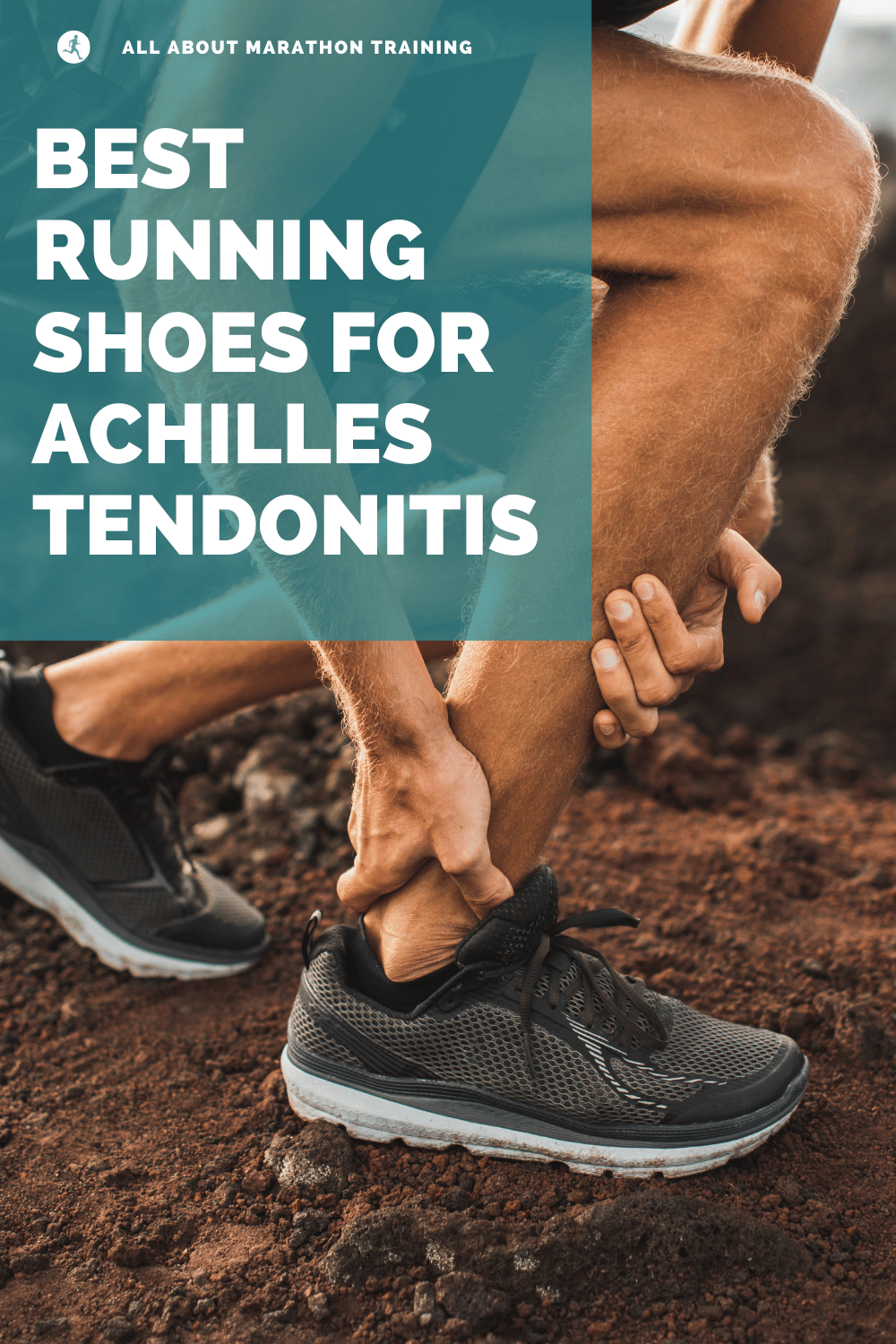
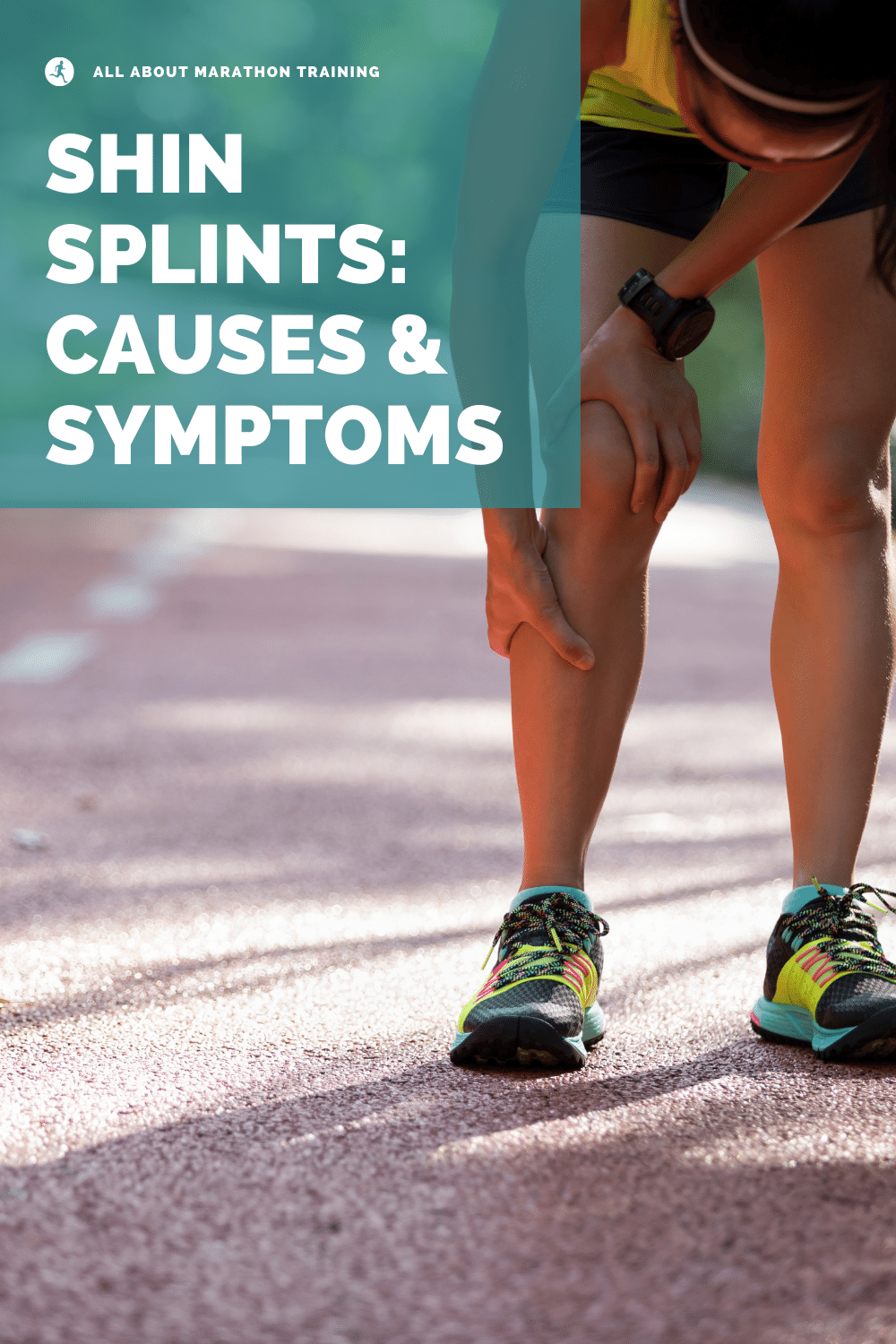
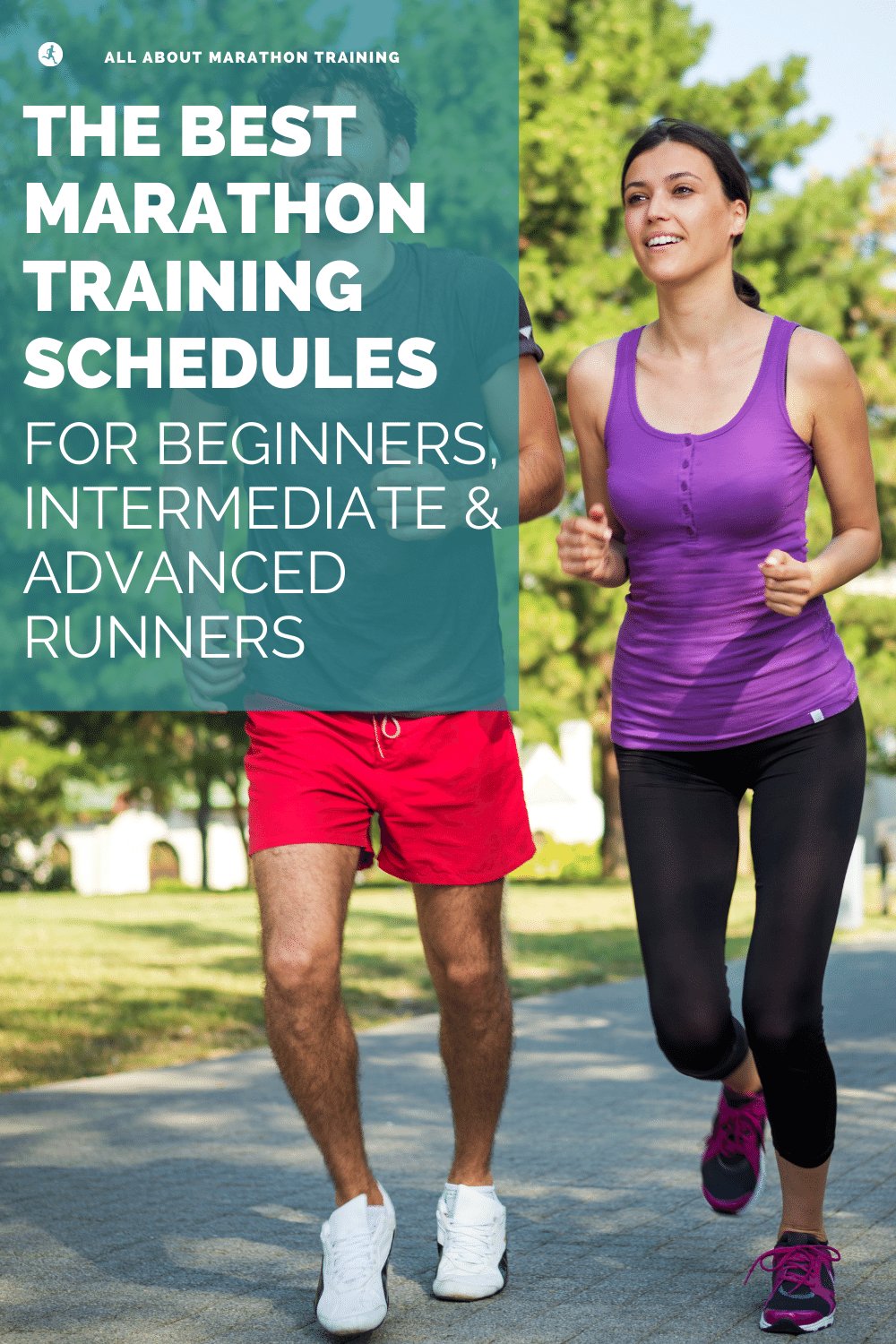

New! Comments
Have your say about what you just read! Leave me a comment in the box below.